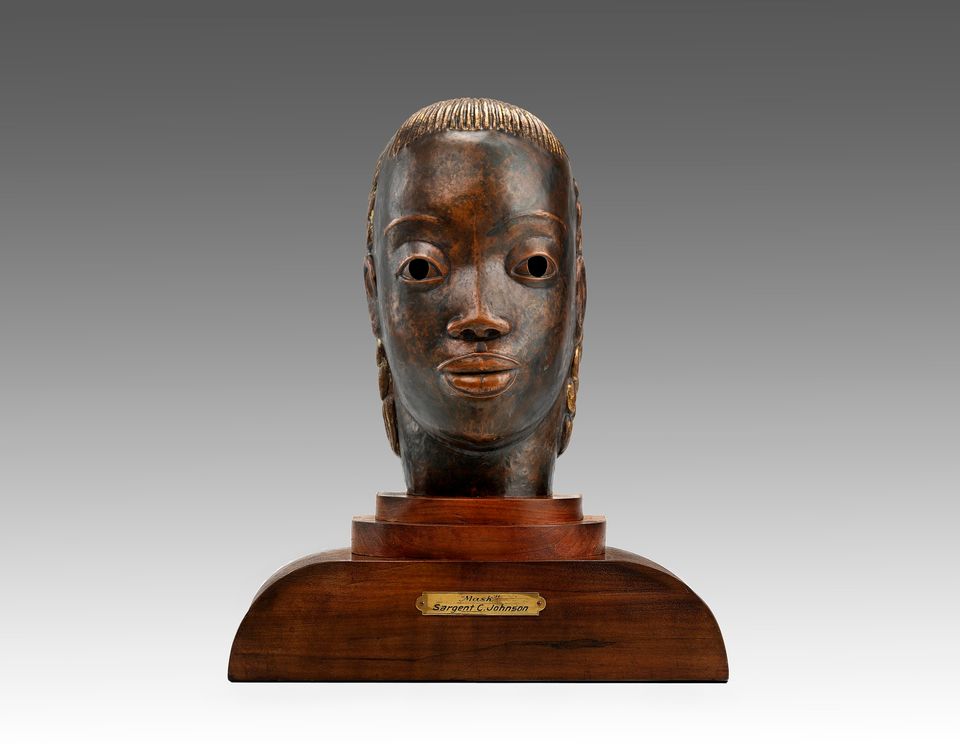

On October 13, the Smithsonian American Art Museum will host "Art and the African American Experience," an evening for teachers presented in celebration of the opening of the National Museum of African American History and Culture. Led by educators at SAAM, Teaching for Change, and the Anacostia Community Museum, participants will explore ways of thoughtfully addressing race and the African American experience through art in their teaching. The event is free with registration, and includes teaching resources and a standing reception.
Eye Level spoke with two of SAAM's collaborators in planning the evening, Linda Maxwell, Education Program Coordinator at the Anacostia Community Museum, and Sandhya Rajan, Professional Development Specialist at Teaching for Change, to get an advance look at what to expect at the event.
Eye Level: Could you tell us how you will be contributing to this evening?
Linda Maxwell: I will be exploring the artwork by William H. Johnson, entitled Marian Anderson. We will be looking at the life of Marian Anderson through Johnson's eyes with a hands-on activity using graphic organizers and primary resources. I hope educators will be inspired to integrate art and history in their classrooms in different ways to engage a variety of learners.
Sandhya Rajan: Teaching for Change will model a lesson called Expanding the Narrative: Meet and Greet the Harlem Renaissance. This lesson is designed to allow participants to look beyond the traditional narrative of the Harlem Renaissance by taking on the roles of historical figures. We are excited to share a lesson that allows students to learn more than just a few names and stories from that time period.
EL: Why did you decide to participate in the event?
SR: We are thrilled to participate in this event for teachers focused on exploring the historic, political, and social roots of issues of race through American art. We are committed to share lessons and curricula that challenge and transcend the textbook narratives.
LM: I decided to participate because I love art, history, and the ability to share with other like-minded educators ways to engage students.
EL: How do you think artwork can play a role in addressing historical and contemporary African American experience with students?
LM: Artwork, when used appropriately as a tool to engage students about the African American experience, is highly effective because it enables students to actually understand history better by visualizing the concept. This helps them to better process the information.
SR: We agree with our colleague Lynda Tredway who said, "In a media-driven age, visual images provide access to important events and political struggles that may be more engaging to students than written text. At the same time, these images can offer an avenue for the development of critical literacy."
EL: For teachers who can't attend the evening, what's one thing you'd want them to know about teaching issues of race in the classroom?
LM: For the teachers who cannot attend, I hope they continue to seek out opportunities to bring the important discussion of race in the classroom and their communities by pursuing training, mentors and institutions that will support their efforts.
SR: We emphasize in our work that race and racism are central to all of U.S. history. Textbooks often leave students thinking that racism was only in the South or an issue during certain eras (like slavery or the Civil Rights Movement). However, racism has shaped all of the U.S. (North and South) and all historical periods through the present.
The October 13 event is free with registration.
















